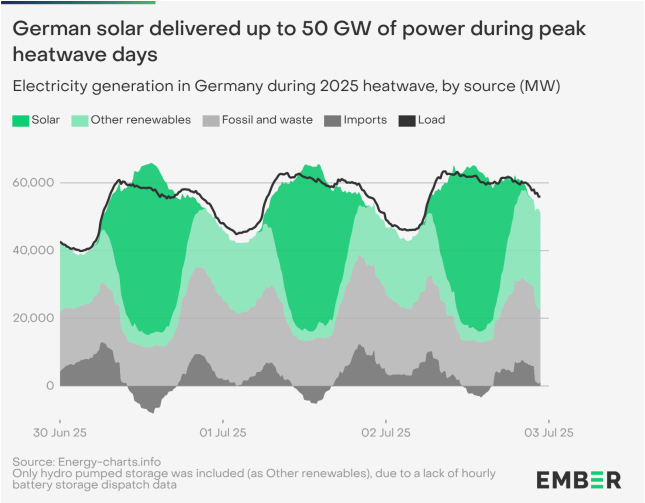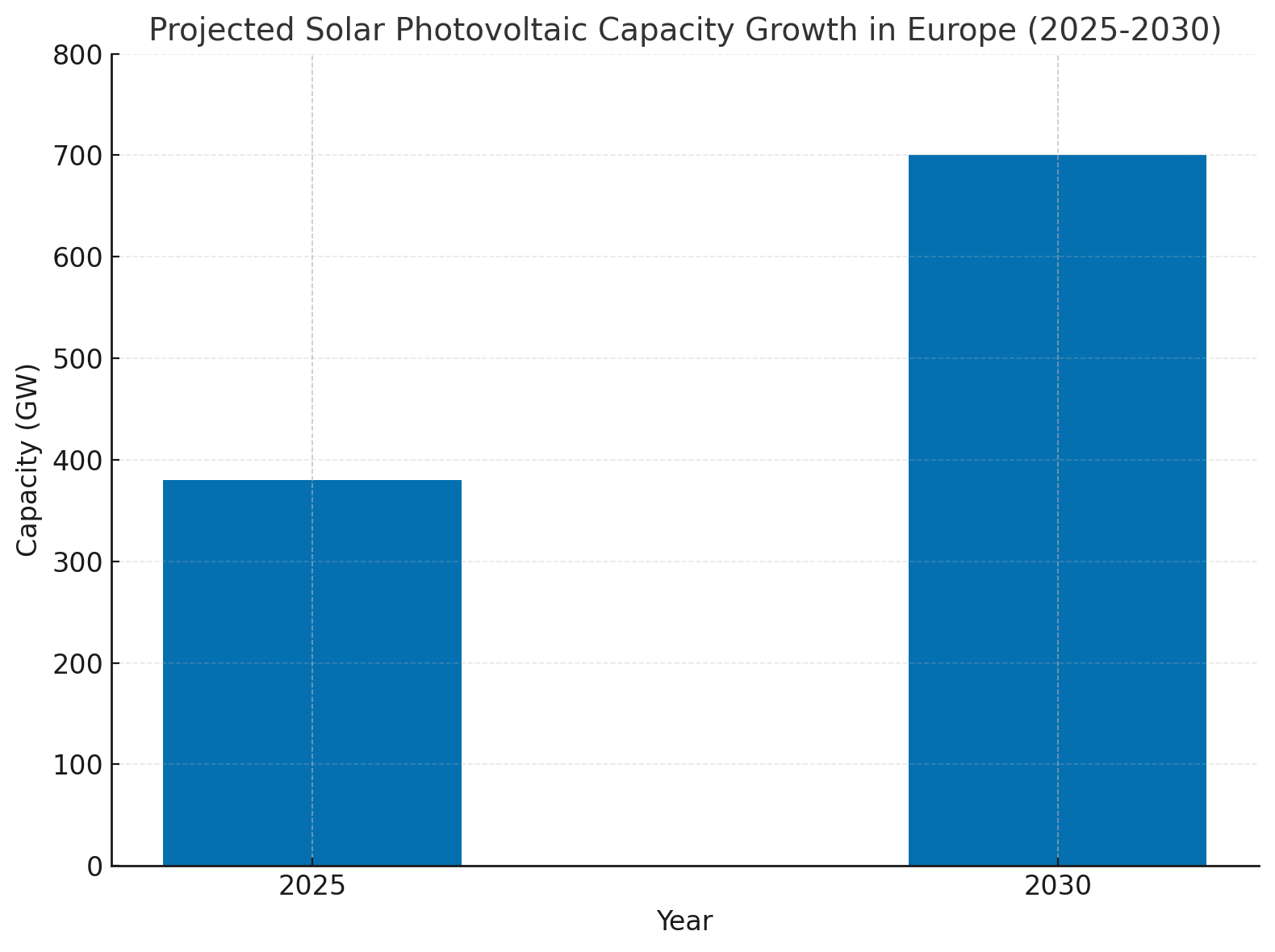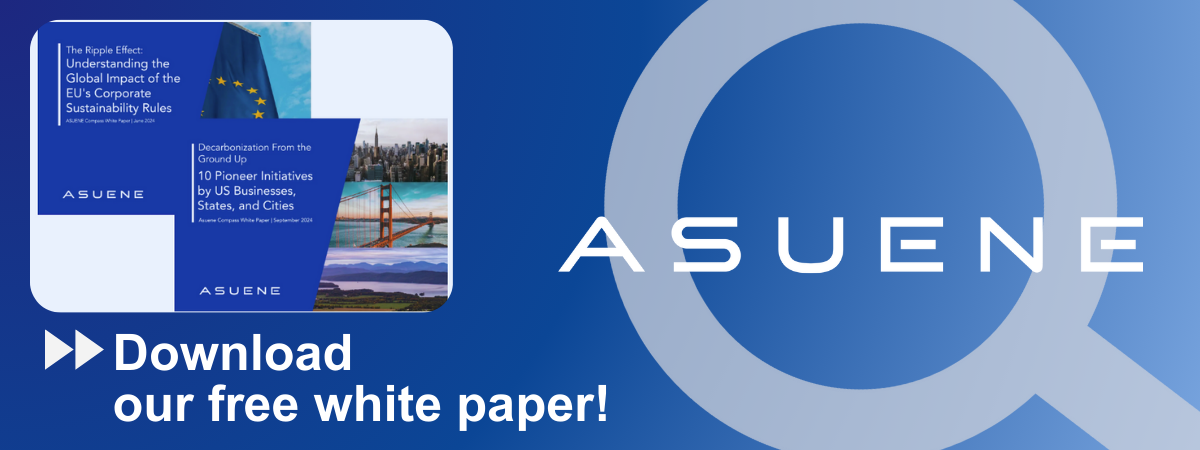- Article Summary
-
Overview
Extreme heatwaves have increasingly plagued Europe, with record-breaking temperatures observed repeatedly over recent years, culminating dramatically in the unprecedented heatwave of 2025. Throughout this period, numerous cities across Europe consistently recorded temperatures exceeding previous historical highs, causing severe impacts on public health, agricultural productivity, and ecological balance. These prolonged and intense heat conditions have revealed critical vulnerabilities in the continent’s traditional energy infrastructure, emphasizing the fragility of existing systems. This article explores how the intensification of these heatwaves is propelling Europe decisively towards a solar energy revolution, driven by an urgent need for more sustainable and resilient energy solutions.
Heatwaves Expose Europe’s Energy Vulnerabilities
The severe heatwave of 2025 highlighted critical weaknesses in Europe’s existing energy systems, notably thermal power plants’ reduced efficiency and strained electricity grids. Conventional power generation, reliant on fossil fuels and nuclear sources, faced significant challenges under high temperatures, exacerbating the urgency for alternative energy solutions. According to Ember Energy’s report, heatwaves can increase daily power demand by up to 14% and potentially double average electricity prices.

Additionally, heat-induced overheating of cables was identified as a primary cause of power outages, severely disrupting the electricity supply across multiple regions. The French nuclear fleet faced significant challenges, with all but one of the 18 facilities experiencing various degrees of capacity reduction. These reductions stemmed primarily from the necessity to limit thermal discharges into rivers to prevent ecological harm during the extreme temperatures. Such widespread reductions highlight the critical vulnerability of nuclear infrastructure to climate-induced extreme weather events, underscoring the pressing need to diversify Europe’s energy sources and enhance resilience through alternative, sustainable solutions.

Solar Energy Emerges as a Resilient Solution
During the 2025 heatwave, solar energy production soared, demonstrating resilience and reliability amidst adverse conditions. June 2025 marked the highest-ever solar electricity production in the EU, reaching 45 TWh, a significant 22% increase from June 2024’s 37 TWh. On peak heatwave days, solar power delivered up to 50 GW in Germany alone, meeting 33–39% of the country’s electricity demand. Germany’s existing 14 GW of battery storage and 10 GW of pumped storage further enhanced solar energy’s effectiveness by allowing stored solar power usage after sunset. This substantial contribution from solar energy significantly alleviated pressure on the traditional energy grid, reducing the likelihood of widespread blackouts. The increased reliance on solar during these critical periods underscores the strategic value of renewable energy sources in enhancing energy security and resilience across Europe, paving the way for further investment and development in solar infrastructure.

Solar Energy Growth Driven by Policy and Investment
Recognizing solar power as a reliable and cost-effective solution, European policymakers have substantially accelerated legislative and financial support for solar infrastructure development. The EU’s revised Renewable Energy Directive, alongside initiatives like REPowerEU, explicitly targets significant solar capacity expansion—projecting approximately 380 GW by 2025 and at least 700 GW by 2030. Investments in photovoltaic technology, grid enhancements, and smart electrification measures like time-of-use tariffs aim to optimize solar utilization, enhance grid stability, and offer consumer savings. This rapid growth, supported by technological innovation and increased public-private collaboration, promises improved grid resilience and substantial reductions in carbon emissions.

Conclusion: The Heatwave-Driven Solar Revolution
European heatwaves, though devastating, have acted as powerful catalysts for change, pushing the continent to accelerate its solar energy transition. Robust policy frameworks, including the revised Renewable Energy Directive and strategic initiatives such as REPowerEU, play a crucial role in driving the expansion of solar power. These policies encourage significant investments in infrastructure, technology, and smart energy management solutions. By continuing to implement and strengthen these measures, Europe can further enhance grid reliability, reduce greenhouse gas emissions, and secure a sustainable and resilient energy future. Ultimately, Europe’s decisive shift towards solar energy exemplifies proactive climate leadership, transforming the challenges posed by extreme weather into tangible opportunities for environmental and economic advancement.
Why Work with ASUENE Inc.?
Asuene is a key player in carbon accounting, offering a comprehensive platform that measures, reduces, and reports emissions, including Scope 1-3. Asuene serves over 10,000 clients worldwide, providing an all-in-one solution that integrates GHG accounting, ESG supply chain management, a Carbon Credit exchange platform, and third-party verification.
ASUENE supports companies in achieving net-zero goals through advanced technology, consulting services, and an extensive network.


